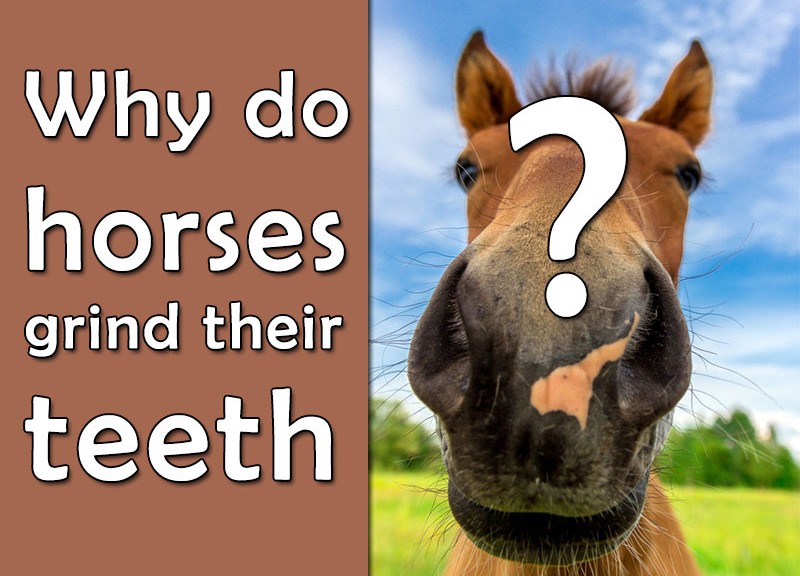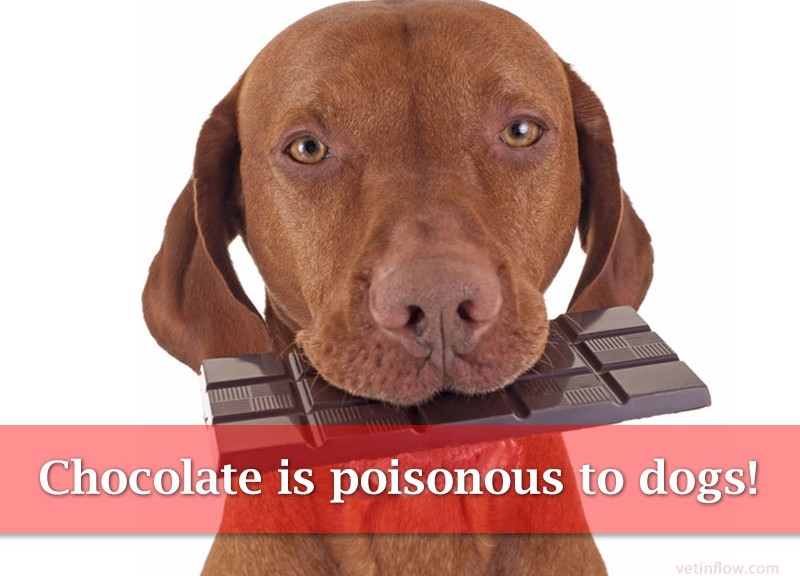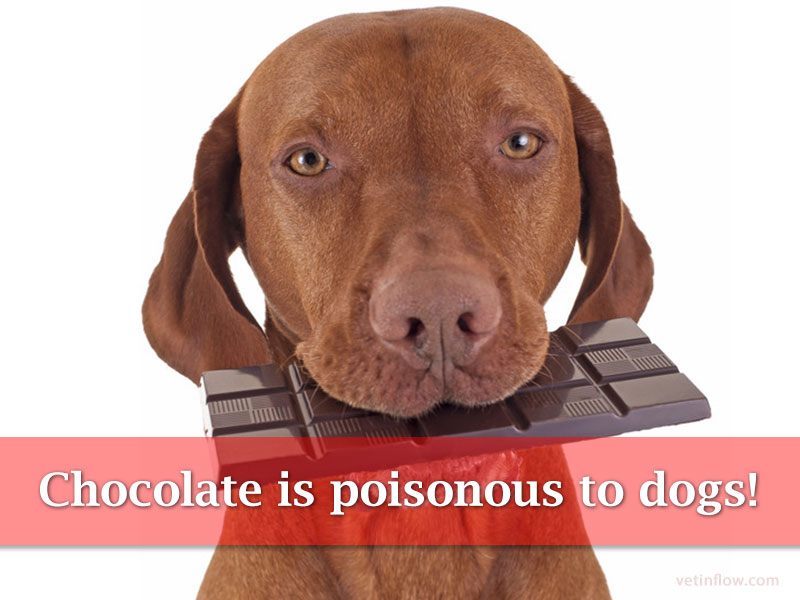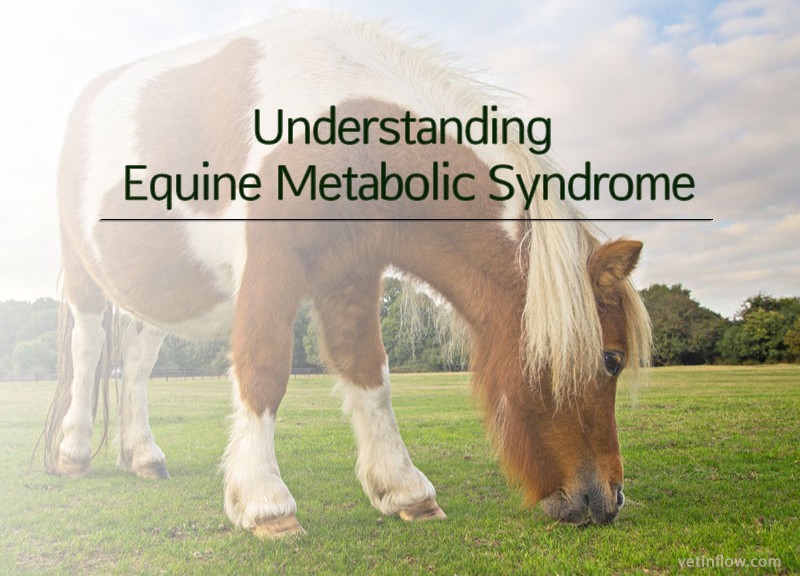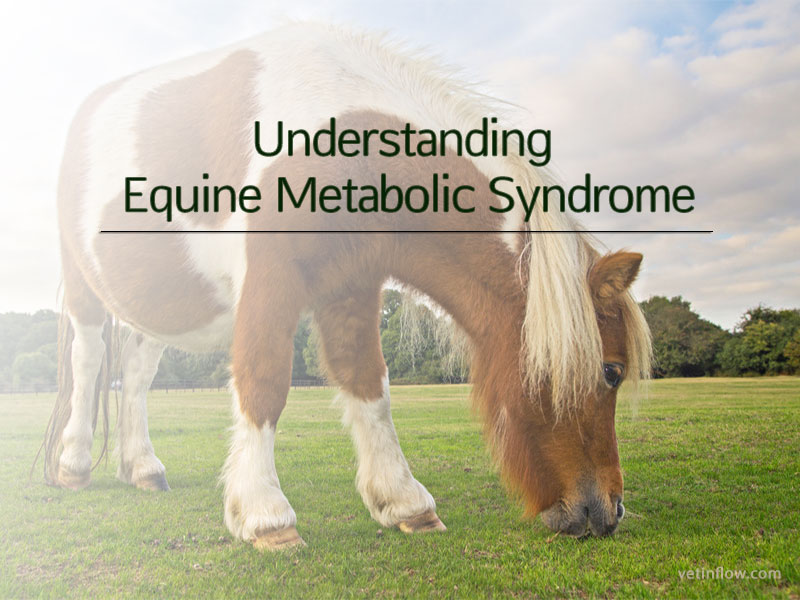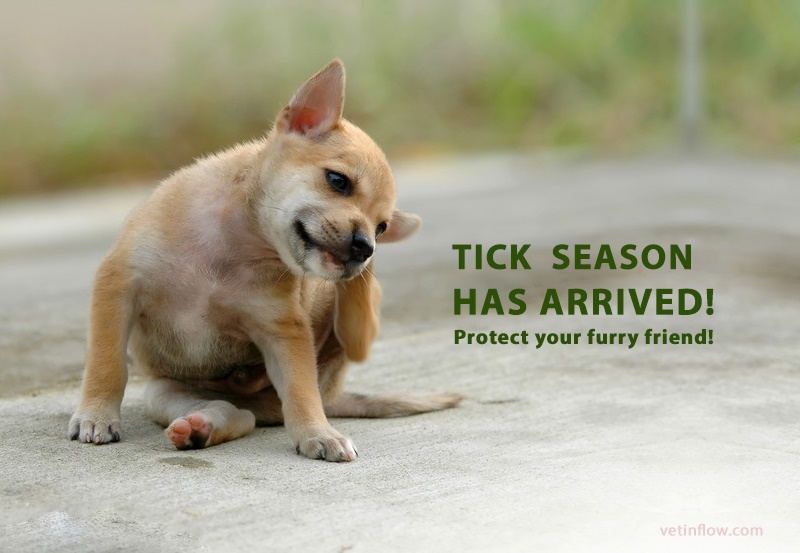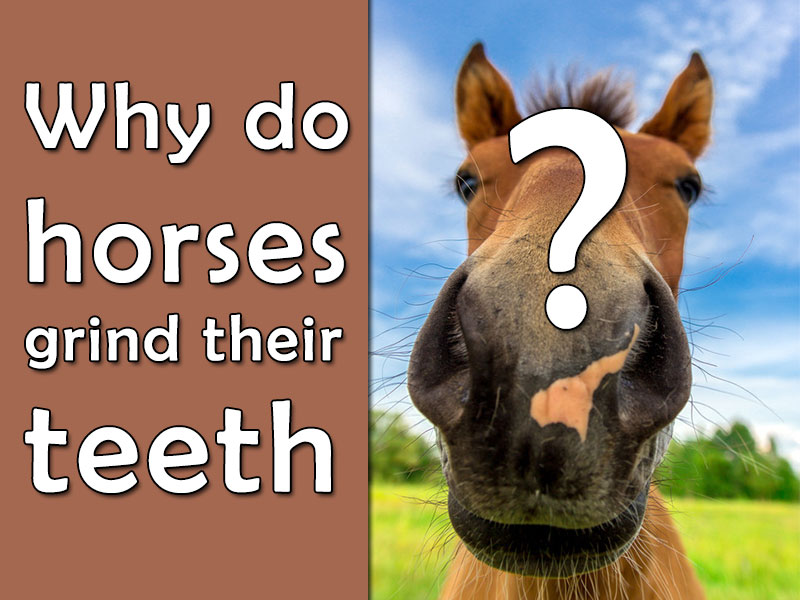
Bruxism (also known as teeth grinding) is the medical term used to describe the side to side rhythmic movement of the jaw, while clenching and rubbing the teeth together. This movement results in a grinding, scraping, crunching sound.
Bruxism is a commonly observed problem in horses and it is almost always associated with stress, discomfort or pain.
This behaviour is often an indicator of a painful or stressful condition in both foals and adult horses. In foals bruxism is often seen associated with the occurrence of gastric ulcers. These are usually caused by the stress of early or sudden weaning followed by the introduction of concentrates in their diet.
In adult horses, bruxism has also been associated with gastric ulcers, with gastrointestinal pain (belly ache), dental pain and even neurological issues. Teeth grinding can also be the result of anxiety associated with being ridden. This type of anxiety could be related to the training methods, to the equipment or to the rider’s behaviour.
One of the main problems related to repetitive teeth grinding is that it will result in wearing of the molars and it may cause other oral problems which could lead to discomfort, pain and difficulties eating.
When this behaviour is detected and because it is not a specific sign for a particular problem, it is recommended to consult your vet in order to investigate what is causing it. Usually once the cause of the painful condition is dealt with, the horse will stop grinding his or hers teeth.
Would you like to know more about horses? Check our Equine Courses:
